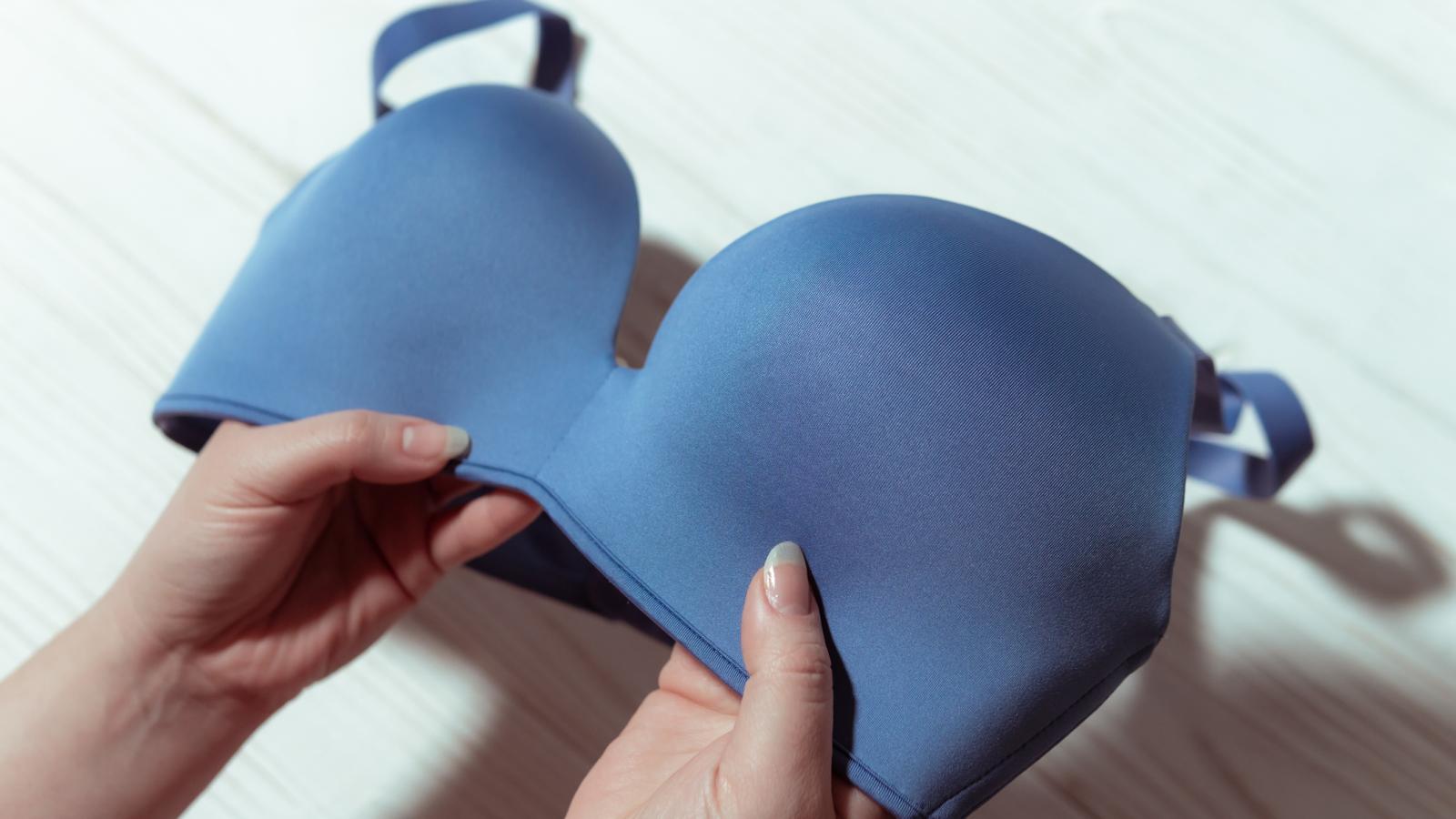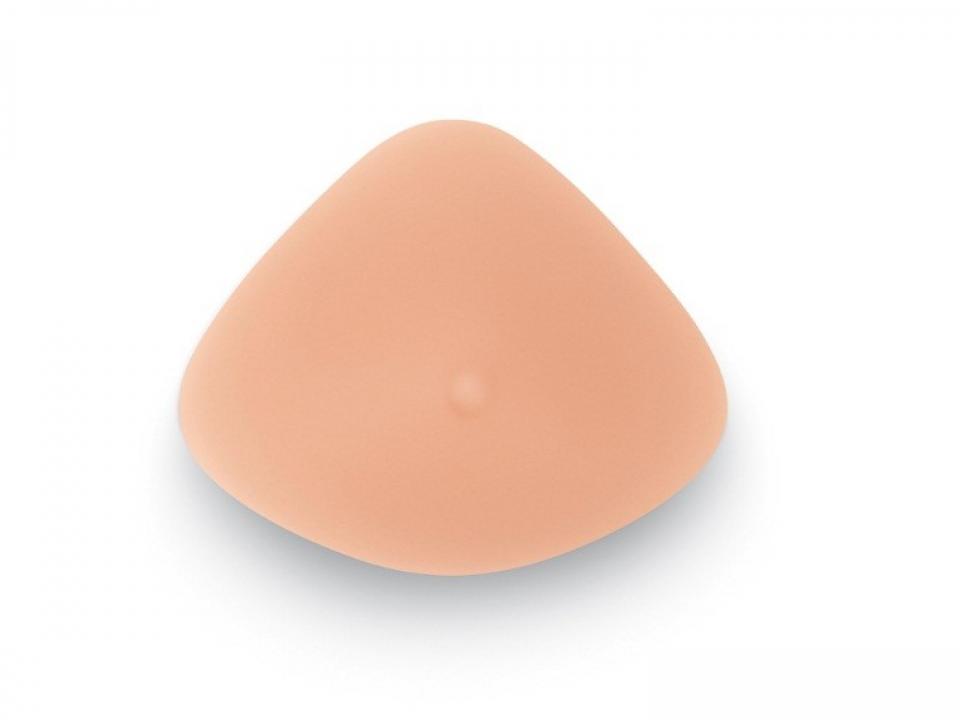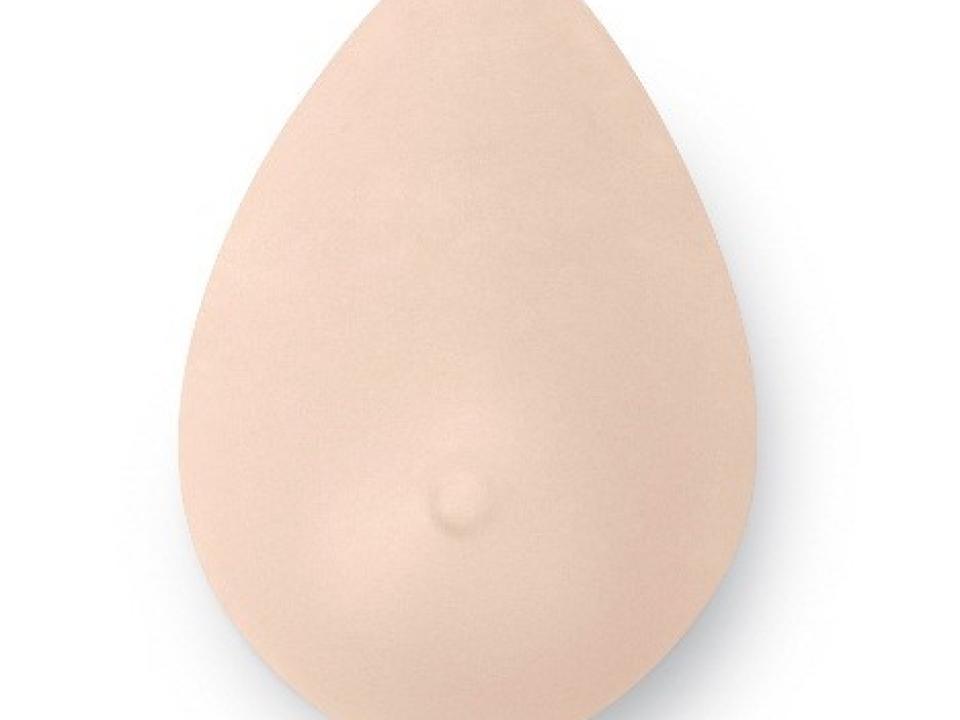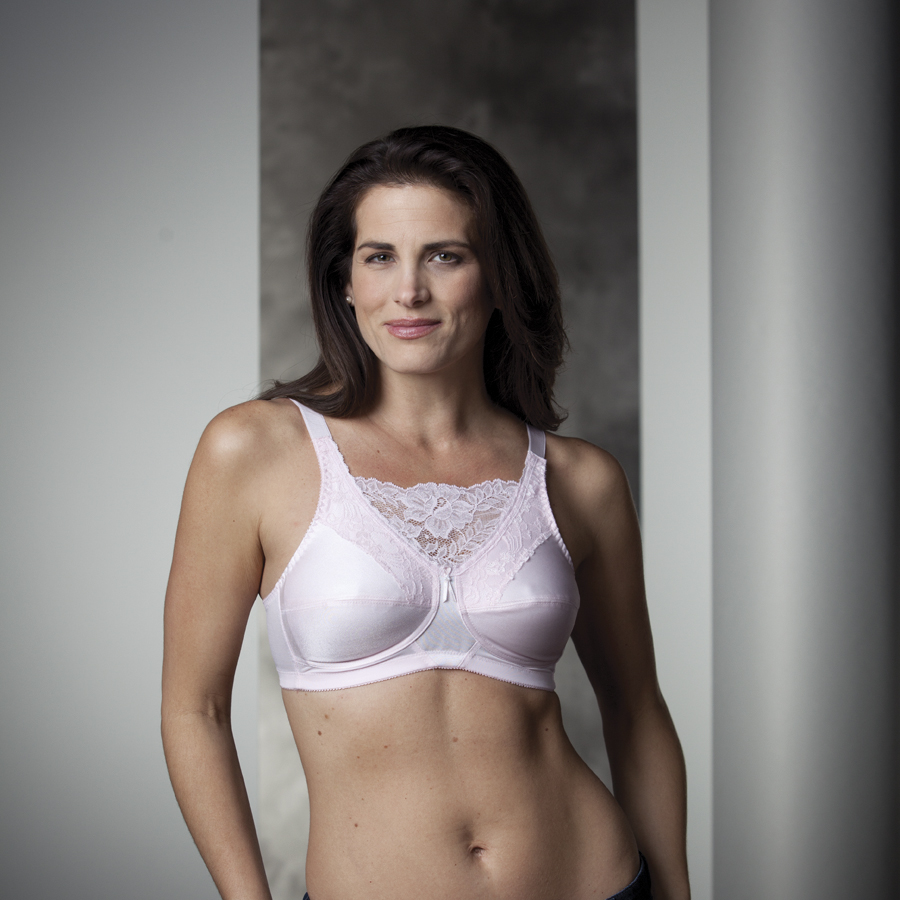Breast prostheses

A breast prosthesis (“pro-see-this”) is an artificial breast form which fits into a bra cup to replace your natural breast after a mastectomy.
Prostheses come in a wide variety of shapes, sizes and skin colours. They are made from materials that will move, feel and weigh like a normal breast. A breast prosthesis can help to improve your balance and posture after breast surgery.
Temporary prostheses
You won’t be able to wear anything that puts pressure on your scar and the surrounding area for 6-8 weeks after surgery, so you will have a lightweight temporary prosthesis at first. Often this is fitted before you leave the hospital. When the breast area has healed, you can be fitted with a permanent breast prosthesis. Your breast care nurse or a trained mastectomy fitter will do this.
If you find a bra uncomfortable during this time, you can wear a camisole top or a vest.
Choose a top or vest that is made with Lycra to give you support.

Partial prostheses
If you have had a wide local excision or lumpectomy you might not have lost much breast tissue, but your breast may be a different shape. This will affect the type of prosthesis that you need. For example:
A ‘shell’ type prosthesis that is hollow and fits over your remaining breast tissue to make your breast look like its original shape.
A small, wedge-shaped prosthesis that will fill out the bottom, top or side of your bra.

Lightweight prostheses
Most prostheses are made to weigh roughly the same as your normal breast, but if you might prefer to wear a lightweight prosthesis. These are also made of silicone but they weigh less than standard prostheses.
Self-supporting (stick-on) prostheses
Self-supporting prostheses stick directly to your skin with adhesive strips on the back. This type of prosthesis suits some women better, particularly if they are very active.
Some women find that these prostheses feel more natural and secure than the other types that simply fit into a bra cup. You still need to wear a bra that fits well and that gives you and your prosthesis good support.
You will need to wait at least 6 months after your surgery before using this type of prosthesis.
Prosthetic nipples
Prosthetic nipples are artificial nipples. They come in different sizes and skin colours. You can stick these onto your breast prosthesis or directly onto your skin after you have had breast reconstruction if you do not have a nipple.

Who does the fitting?
Your breast care nurse or a trained mastectomy fitter will do the fitting for you. You may need to make an appointment. Your local fitting centre may also be able to give you advice about paying for a prosthesis and help you fill in forms to claim back money.
If you need help finding a fitter, ask your breast care nurse or call our Support Line on 1800 200 700.
Hints and tips: Getting the right prosthesis
Look at some breast prostheses before you go for your fitting or even before your operation. Your breast care nurse can show you some samples of different prostheses.
Pick a qualified fitter with a good range of prostheses and bras so you can try on different ones and have a choice.
Remember that the fitter is there to help you - try not to feel self-conscious.
Bring a friend for support and advice, if it helps you feel more comfortable.
Take a plain, light-coloured, close-fitting top to the fitting. This will help you to check that the prosthesis you choose gives you a smooth outline. You might also want to take a favourite bra or a dress that you would still like to wear.
Call the fitter if you have any questions or worries after you get home. It can take some time to get used to your prosthesis and it may feel heavy at the start.
Try a well-fitting, full-cupped bra with your prosthesis. Half-cupped, push up or balconette bras are not suitable. Some women feel more secure with a mastectomy bra, which has a pocket in the cup to hold the prosthesis.
The Irish Cancer Society has produced standards of care for breast prosthesis and bra fitting services. These standards of care will help you know what you should expect when you go to a prosthesis and bra fitting service.
Do I have to pay for a breast prosthesis?
For medical card holders, there is an allowance towards post-mastectomy bras every year and towards a prosthesis/two prostheses every second year. This allowance varies depending on where you live. Your breast care nurse or medical social worker can advise you about about this payment.
If you have health insurance, check with your insurer to see what you are covered for.
Hints and tips - Looking after your prosthesis
Wash it every day with warm soapy water and pat dry with a towel.
Keep your prosthesis in its box when you are not wearing it so that it does not get damaged.
Prostheses are generally guaranteed for 2 years, as long as the care instructions have been followed, but often last longer.
Your prosthesis will need to be replaced when it shows signs of wear or damage, or when you gain or lose a lot of weight.
For more information
Phone
1800 200 700




